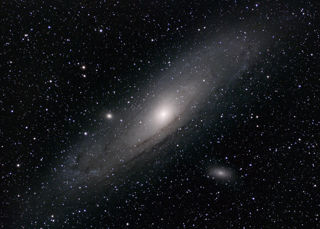
Slinky
Slinky
This modern replica Slinky is based on the original design from 1945. It is an example of a toy that was popular throughout the 1960s and 1970s, at the height of the Space Race. Slinkys are a precompressed helical tension spring that can famously 'walk' down stairs and are still sold today all over the world.Invented by Richard James in 1943, the Slinky was first shown off at the Gimbels Department Store in Philadelphia, America. In a 90-minute period the entire stock of 400 Slinkys sold out. It was a massive hit and Richard James and his wife Betty subsequently set up James Industries to mass produce the toy. James Industries was later merged with Poof Products, to form Poof-Slinky, Inc. Poof-Slinky, Inc. manufactured this replica model of the original Slinky design, reverting back to oiled blue-black steel instead of the more modern chrome steel.
Slinkys have even been used in space. Travelling aboard the Space Shuttle Discovery in 1985, they were used for experiments by the crew in the weightless environment.
More information
Object number
2009-13
Location
Rocket Tower Level 3
Has this object been into space?
No
Dimension - Dimension, Value, Measurement unit
Height: 6.0cm
Width: 7.5cm
Material
Steel
Card
Associated Organisation
James Industries
Associated Person
Richard James
Betty James
Associated Place
Pennsylvania
Philadelphia
Gimbels Department Store
United States
Object Production Date
Circa 2000
Object Production Organisation
Poof-Slinky, Inc.
Object Production Place
Pennsylvania
Hollidaysburg
United States
On Display Status
On display
Copyright and Photos
Photography is shared via the license below.
However, some objects on this website are on loan to the National Space Centre and are being shared through the permission of their owners.
Commercial use of images from this website is not allowed without additional permissions being granted. To request permission to use images for purposes not covered in the license below, please contact [email protected]
Individual objects on loan to the National Space Centre may have additional copyright permissions, so advice should always be sought before use.
![]()
This work is licensed under a Creative Commons Attribution-NonCommercial 4.0 International License.




